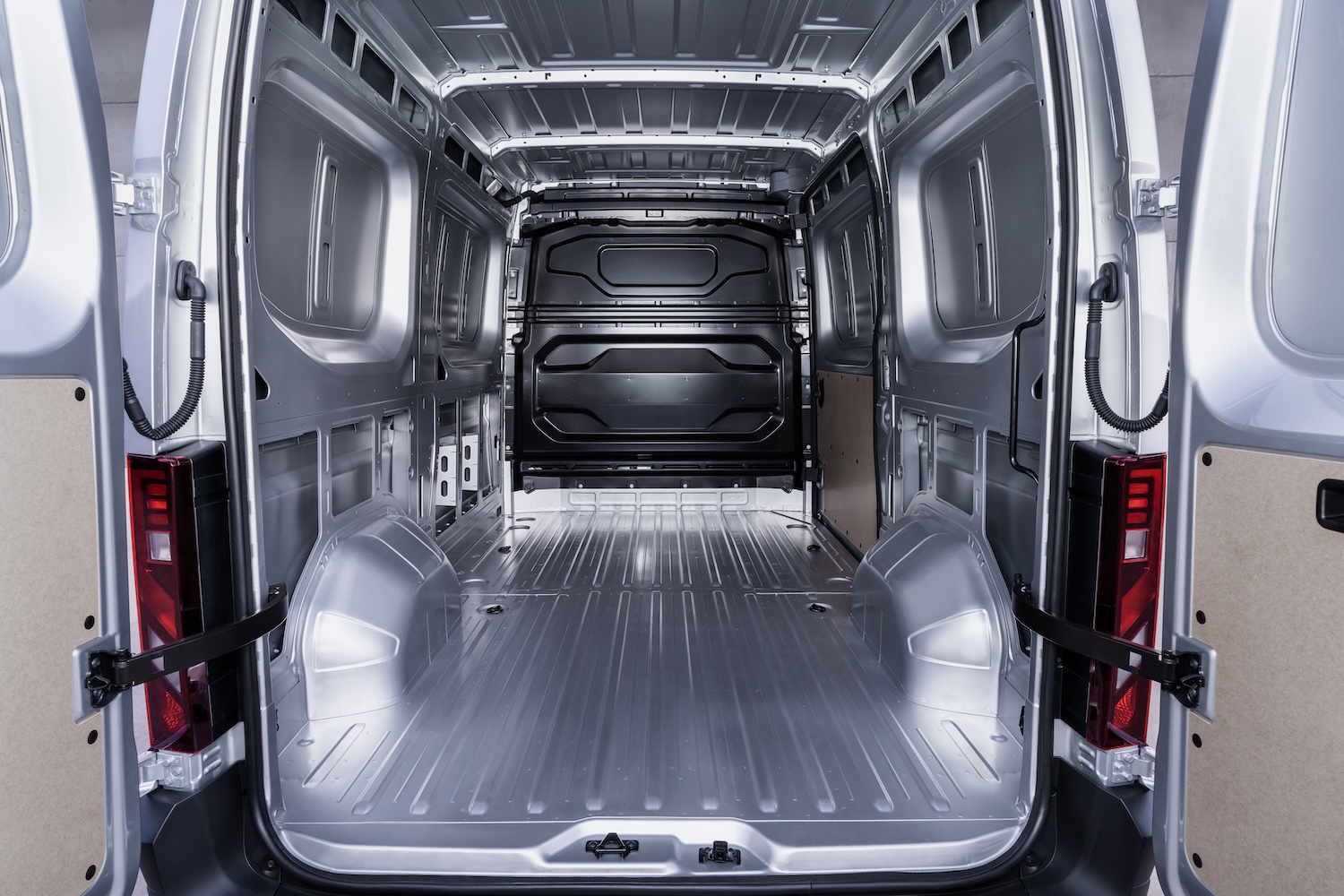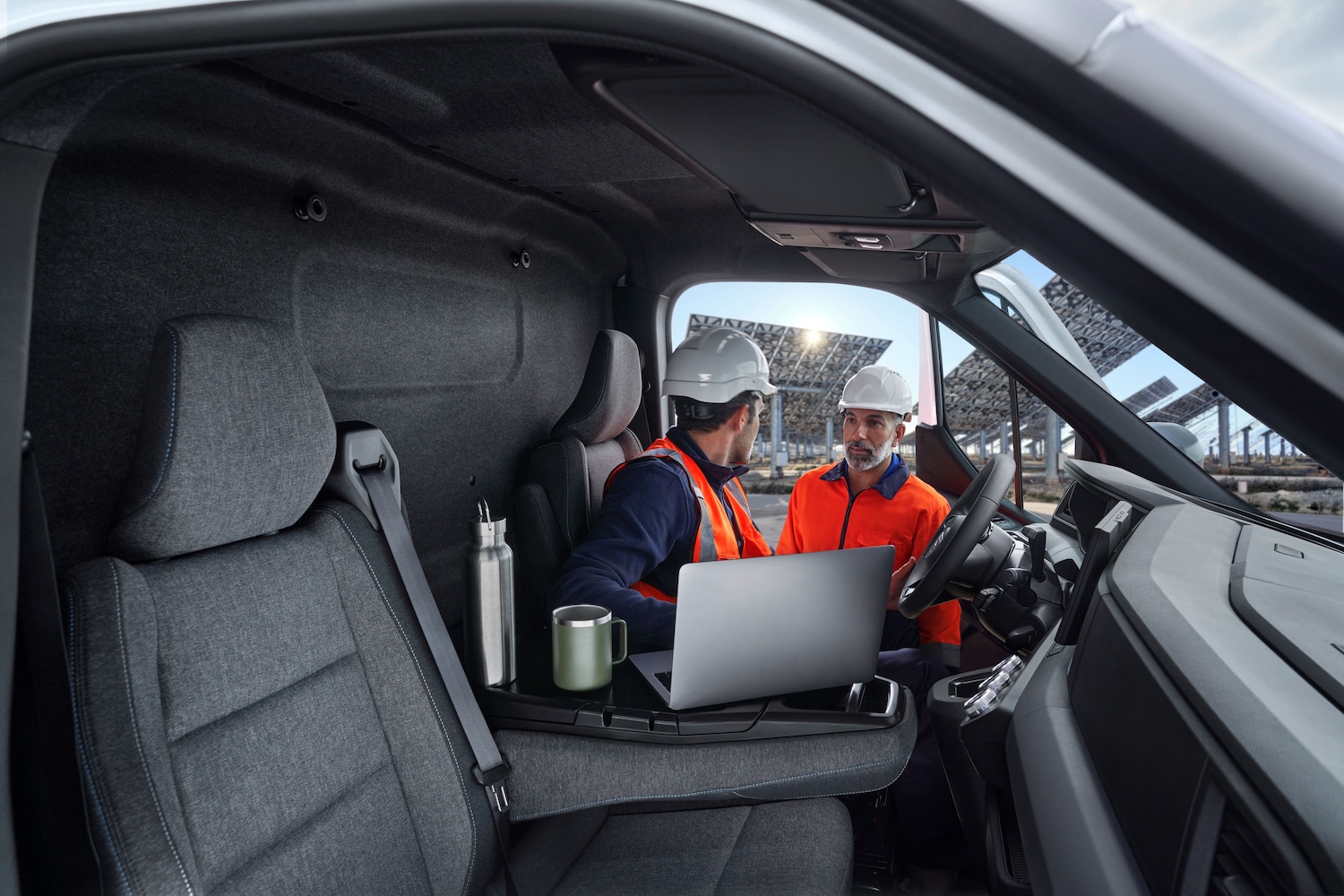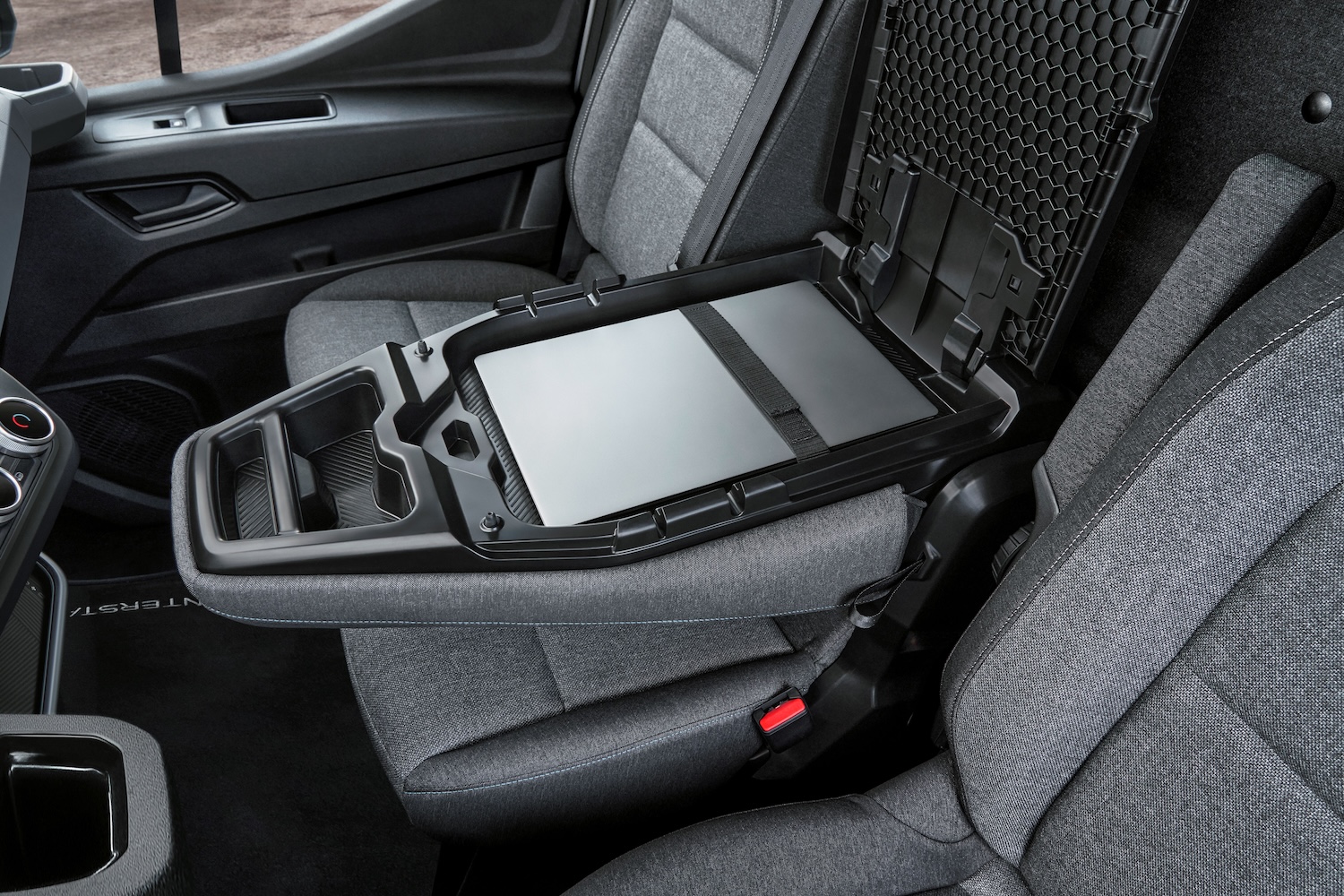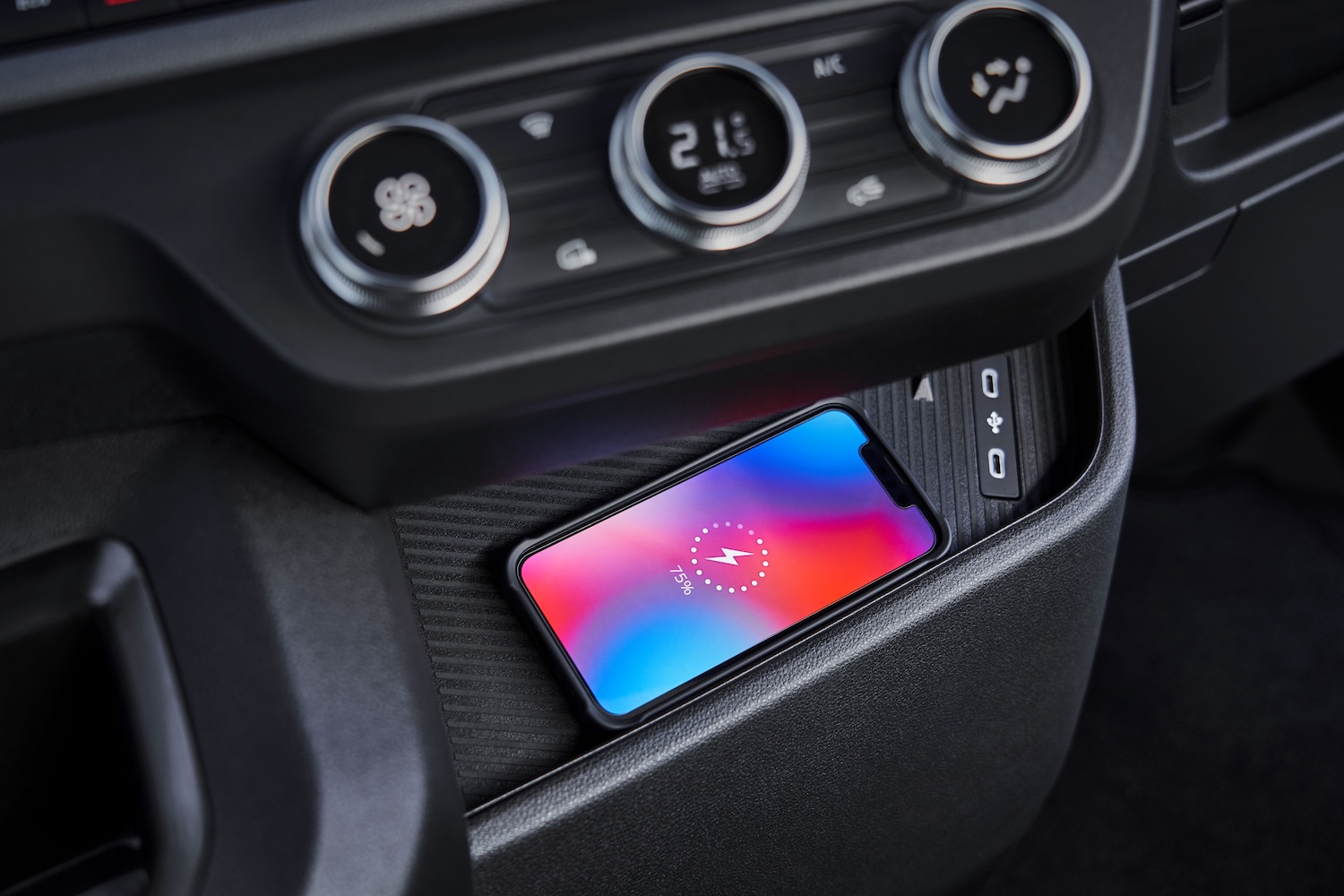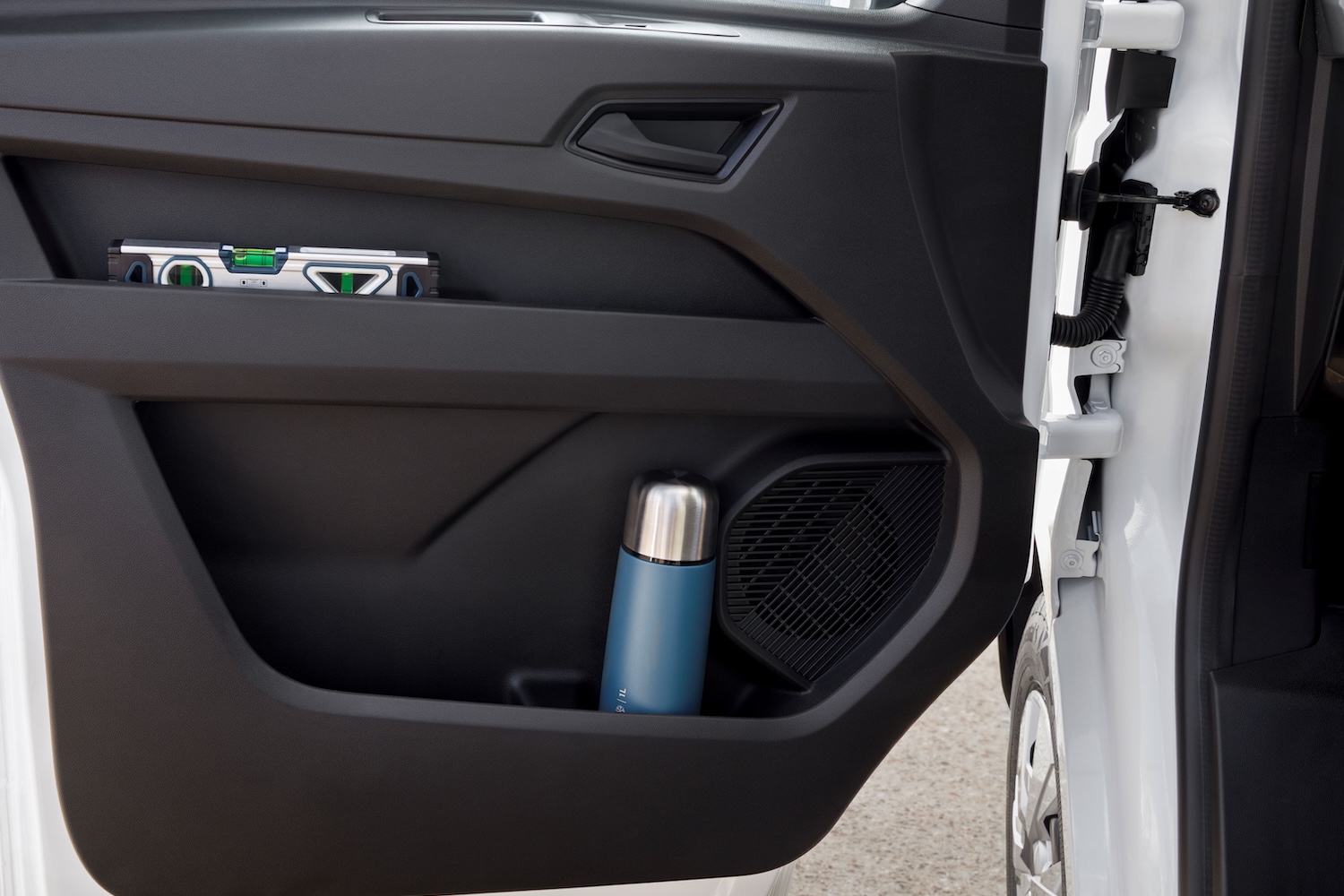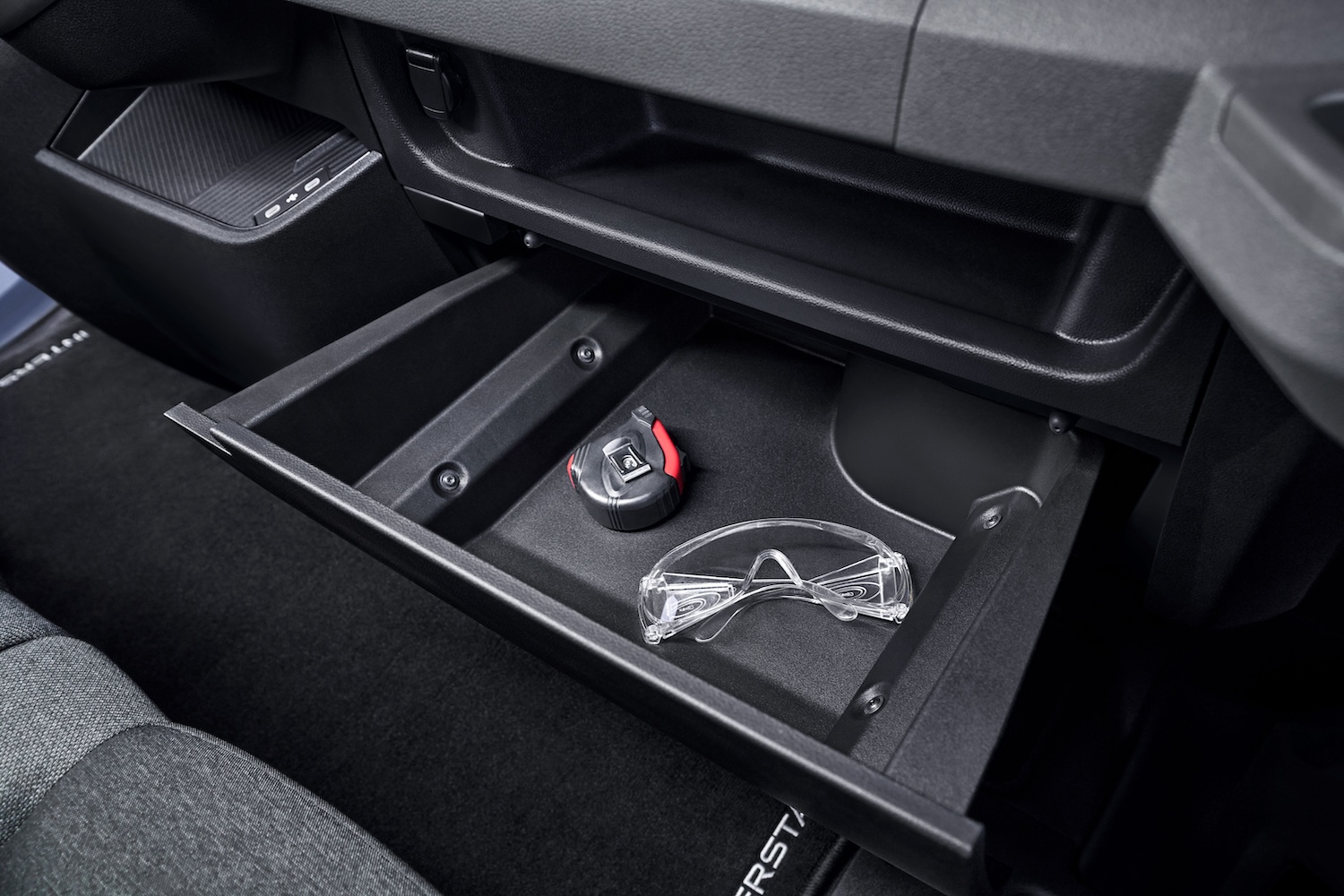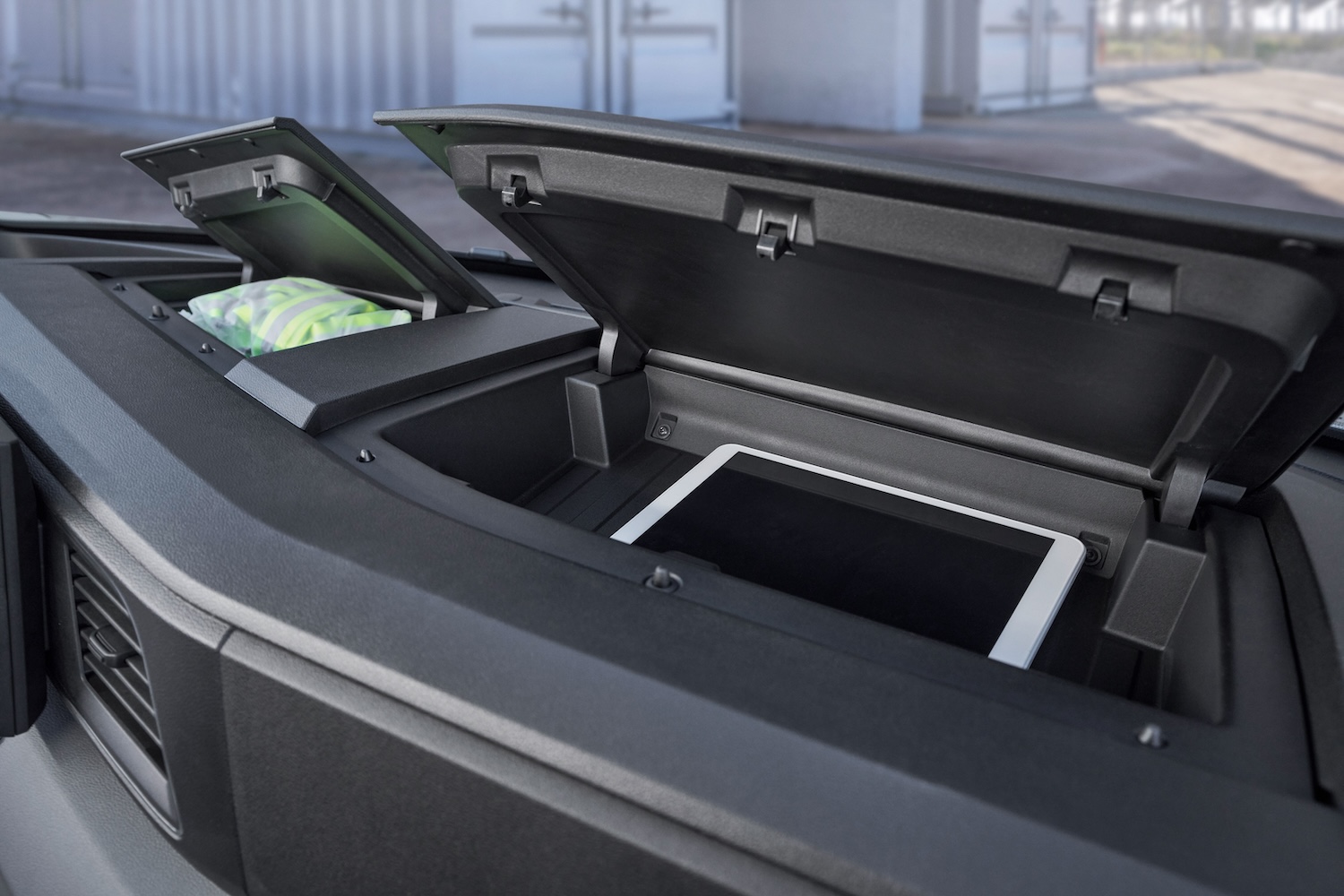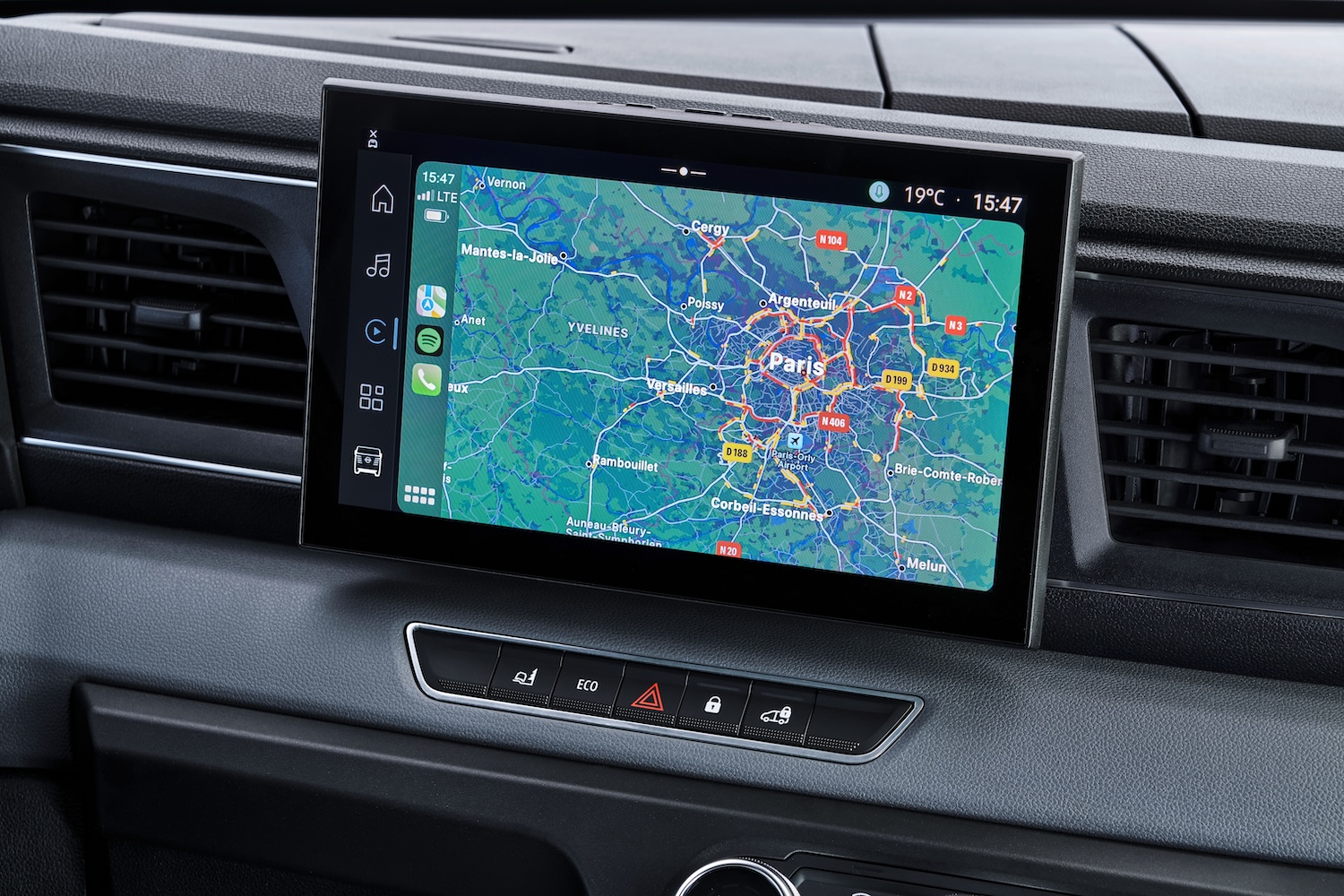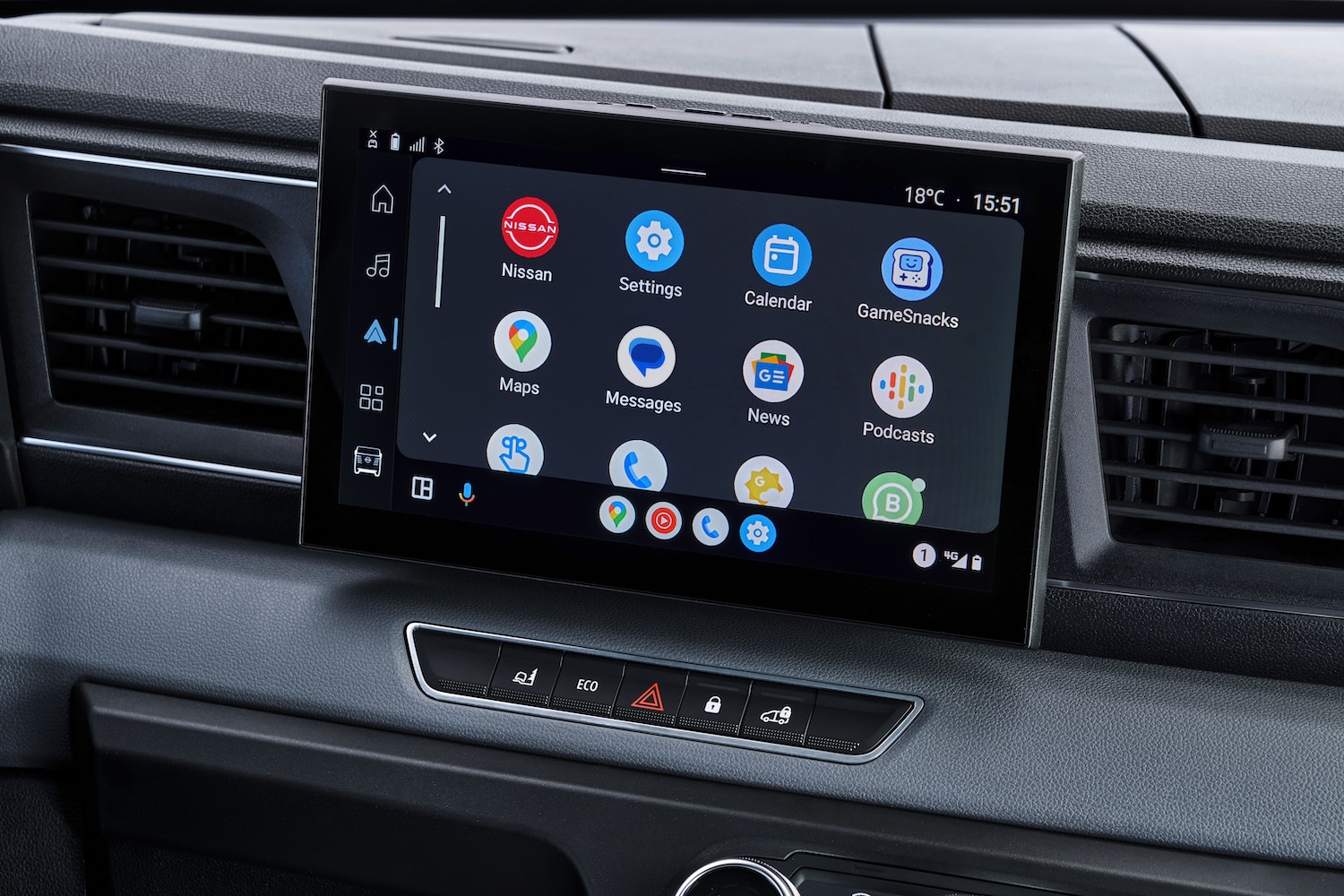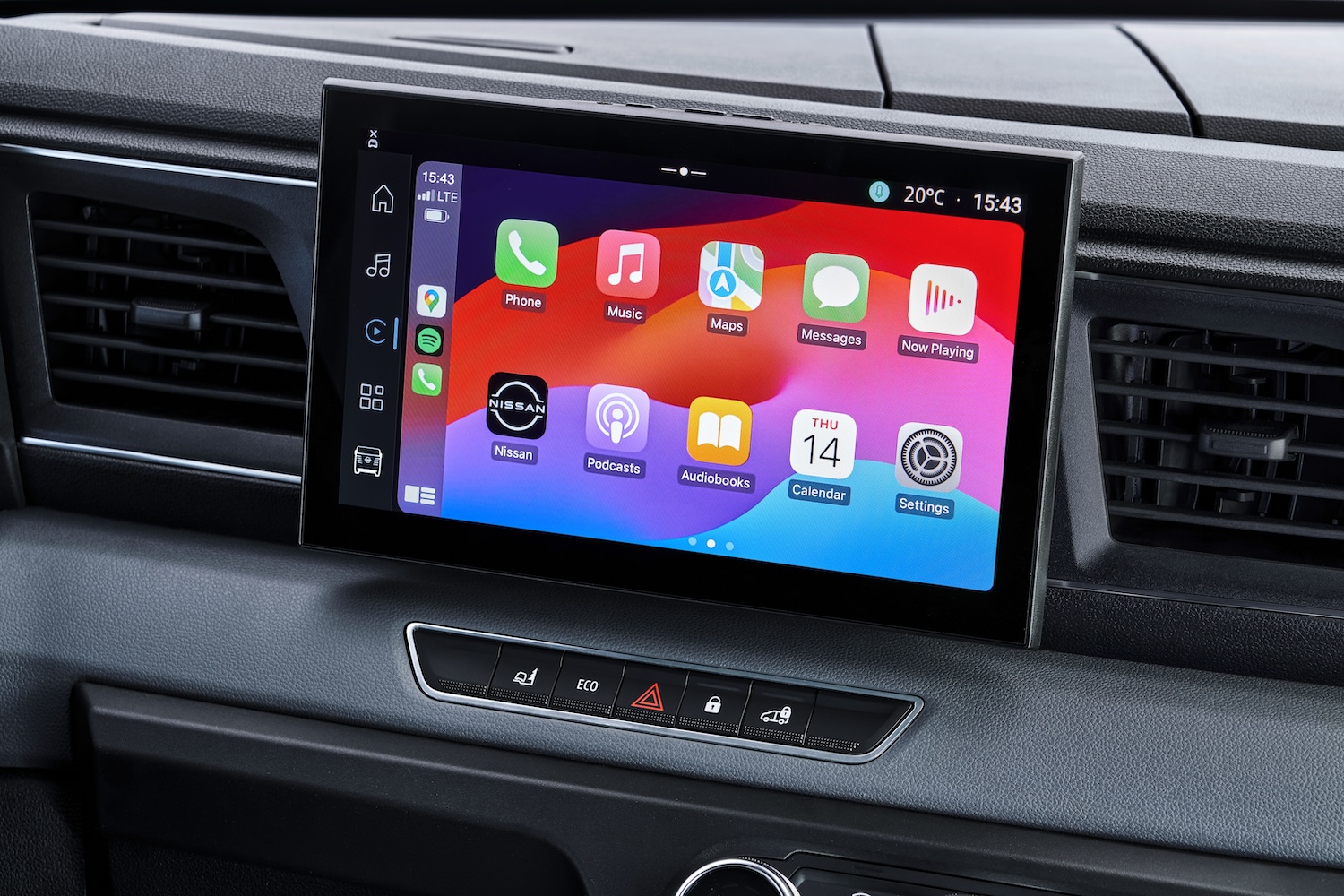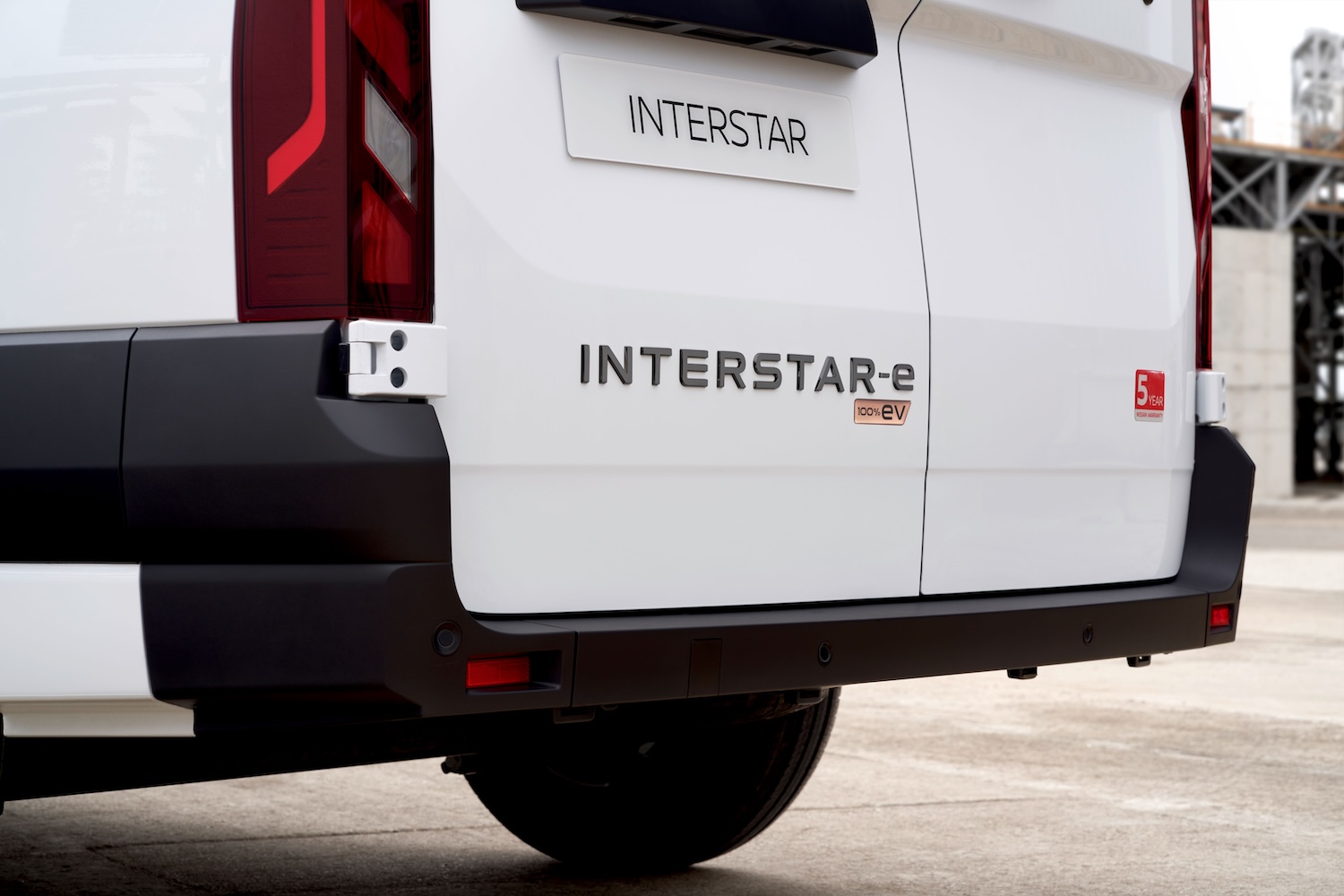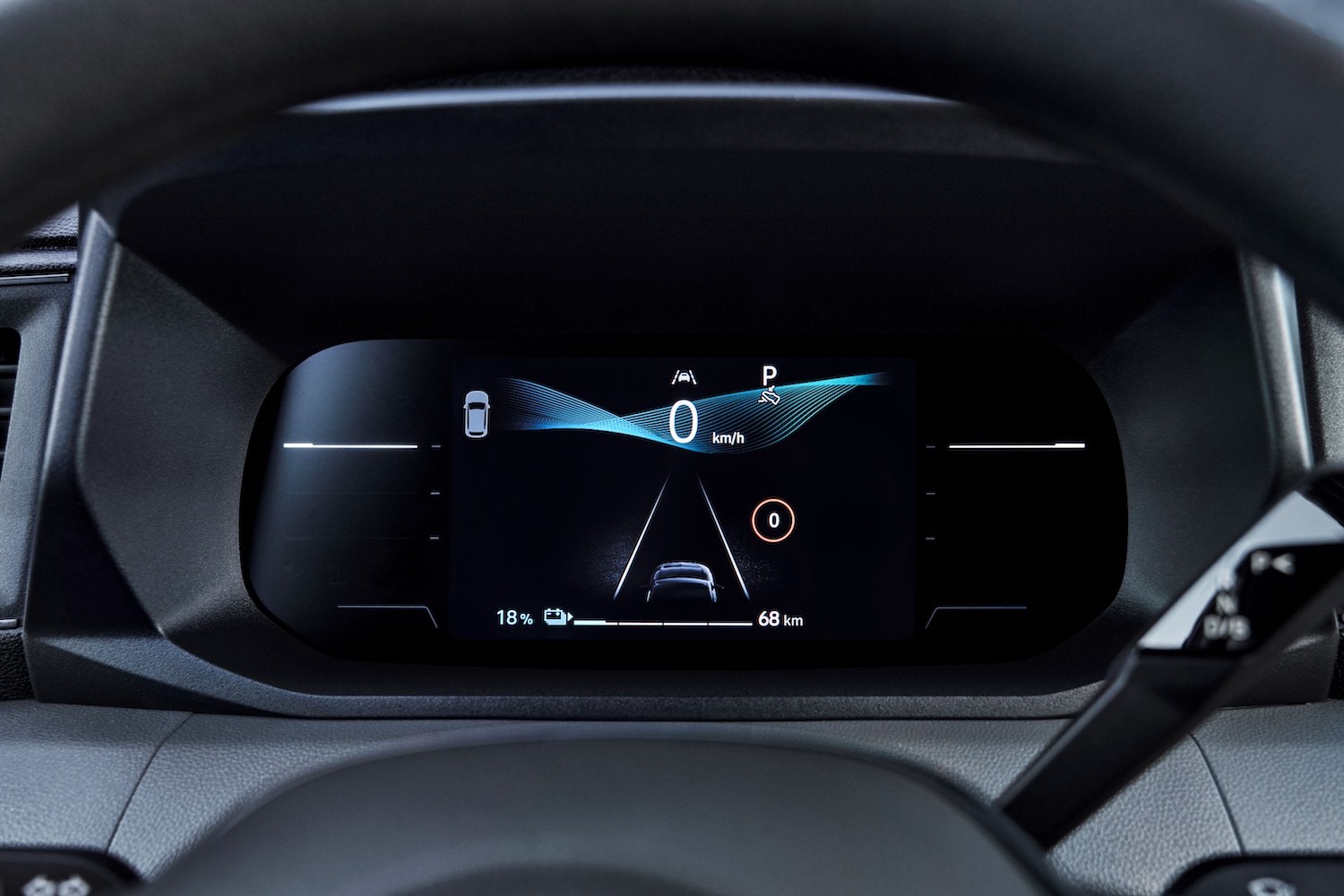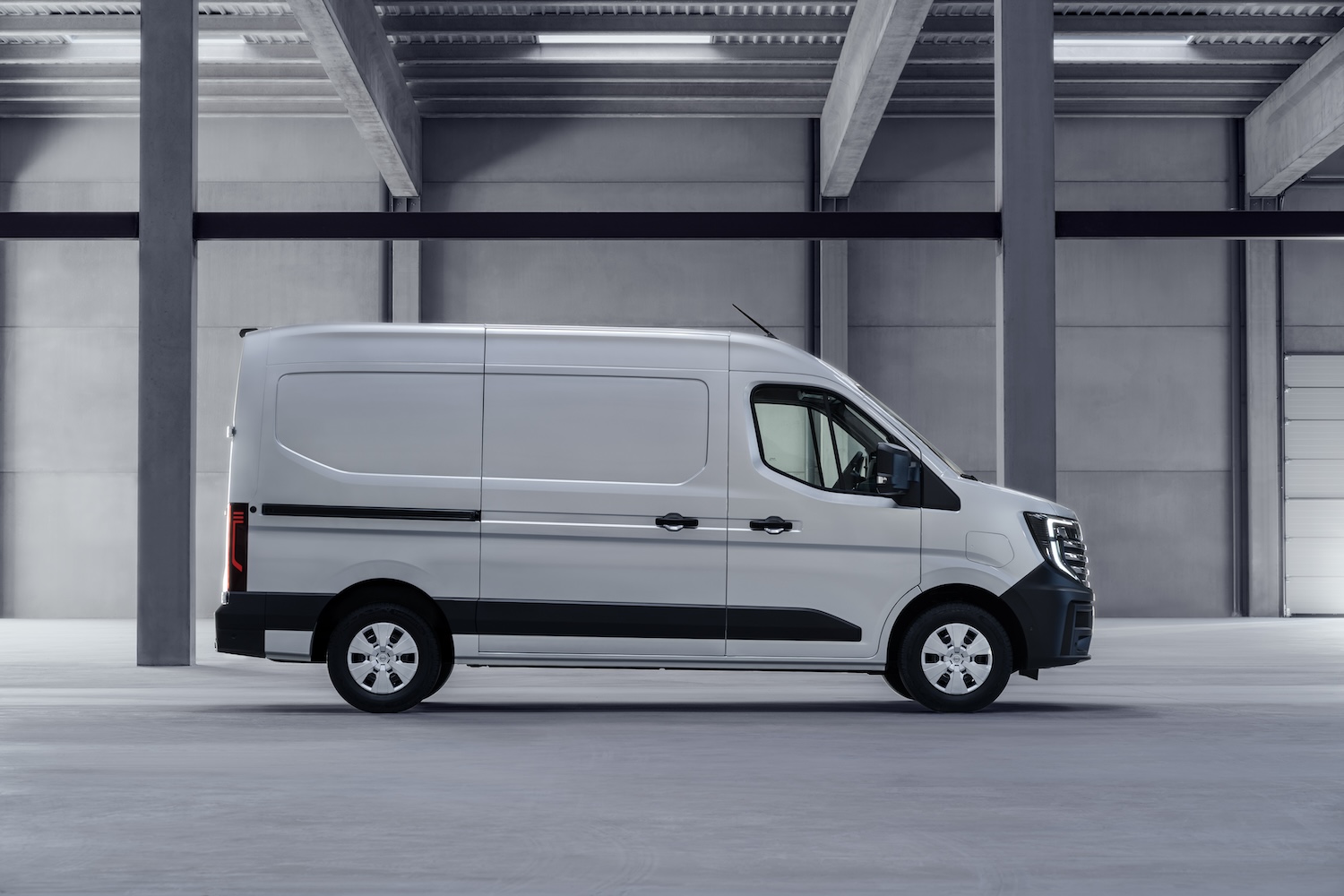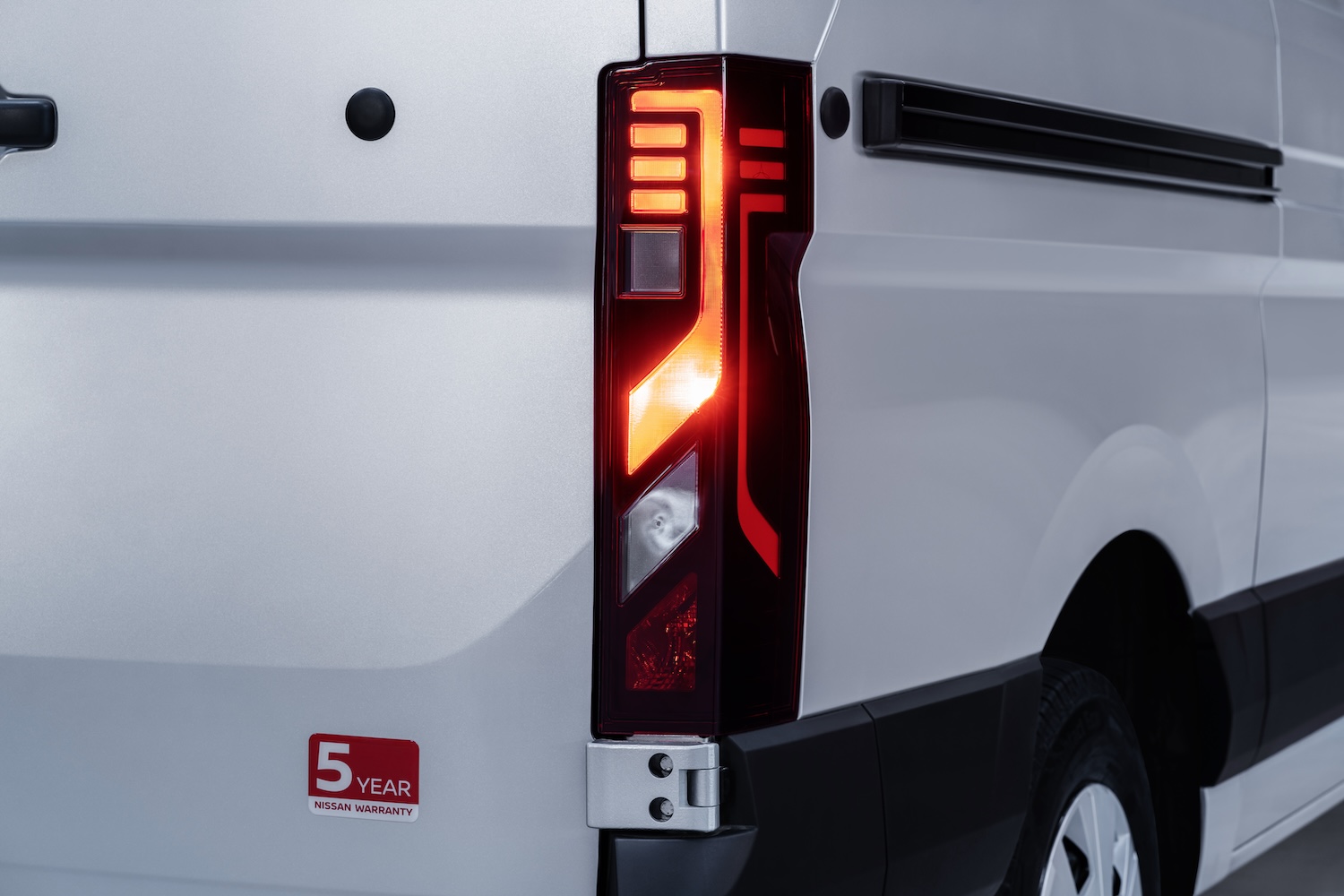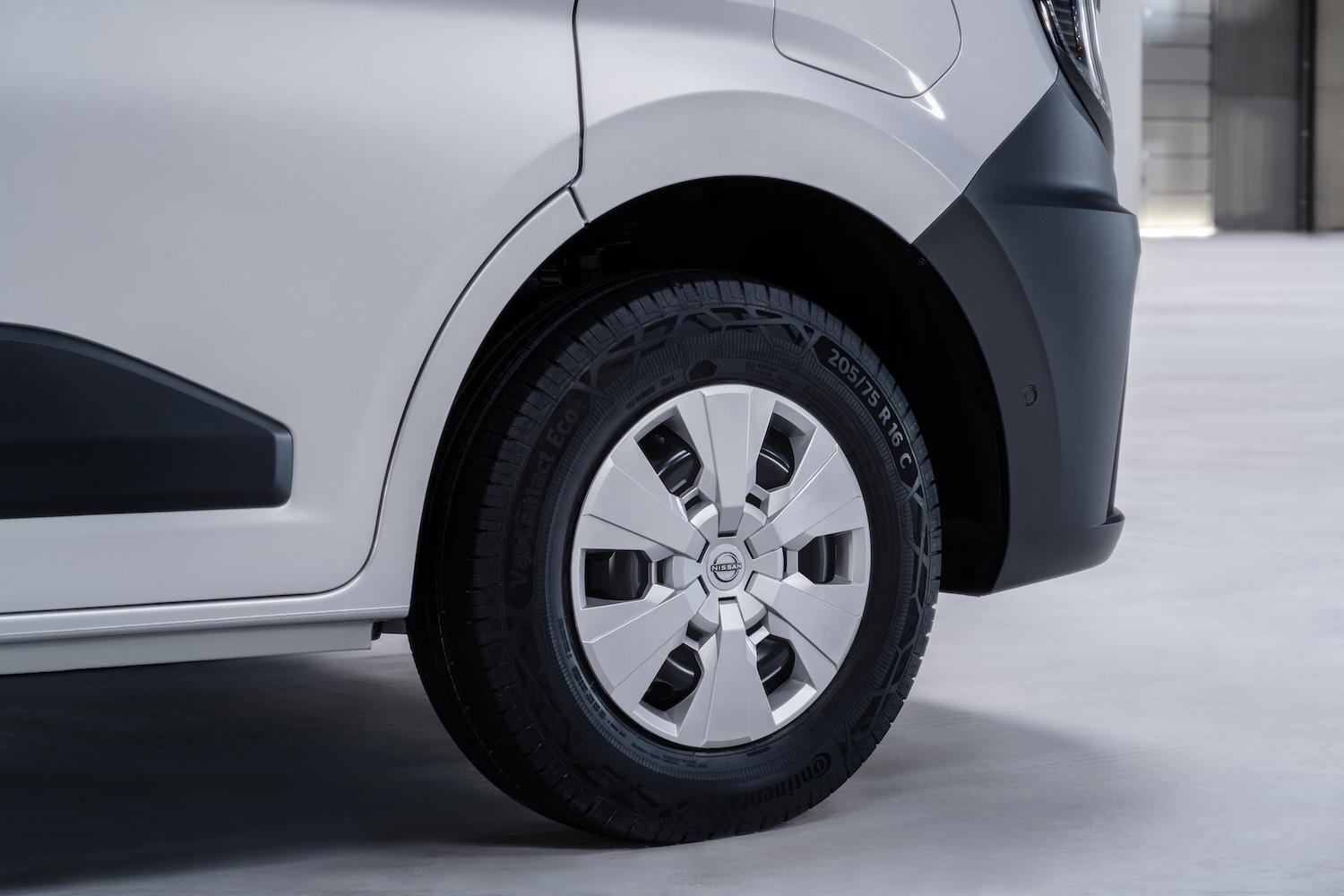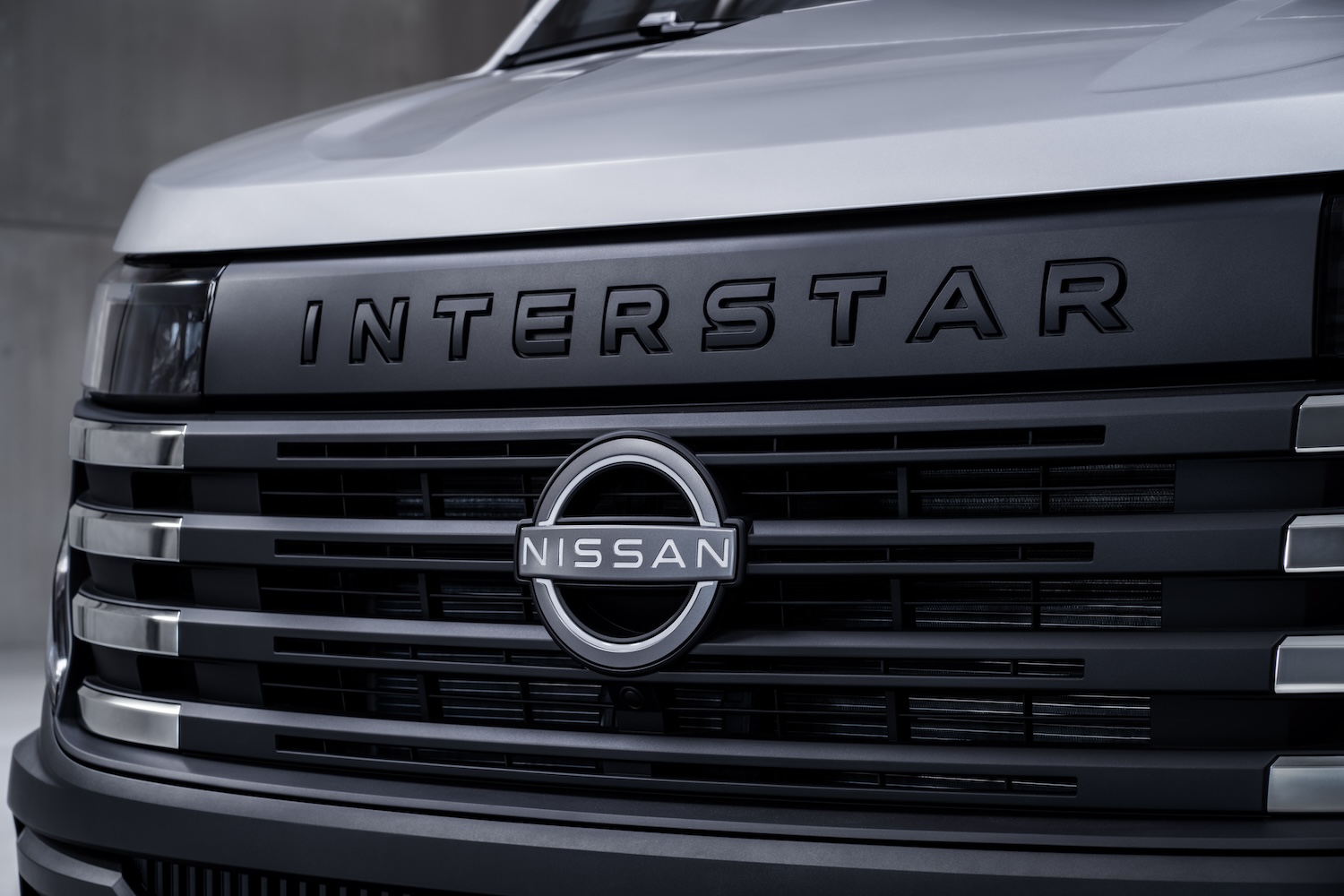The all-new Nissan Interstar has been revealed sporting a new look with a modern design. It shares much of the same architecture as the recently revealed Renault Master but sports a unique front-end design with the Interstar name spelled out across the top of the grille. Despite the blocky look to the front, the new Interstar is more aerodynamic than before, boasting a 20 per cent improvement in drag reduction. That alone will contribute to a decrease in fuel consumption, which ultimately benefits a business’ bottom line.
Nissan has made numerous improvements to the interior. It has a driver-focused layout and the option of a 7-inch digital instrument display or a 10-inch touchscreen featuring the latest smartphone mirroring software.
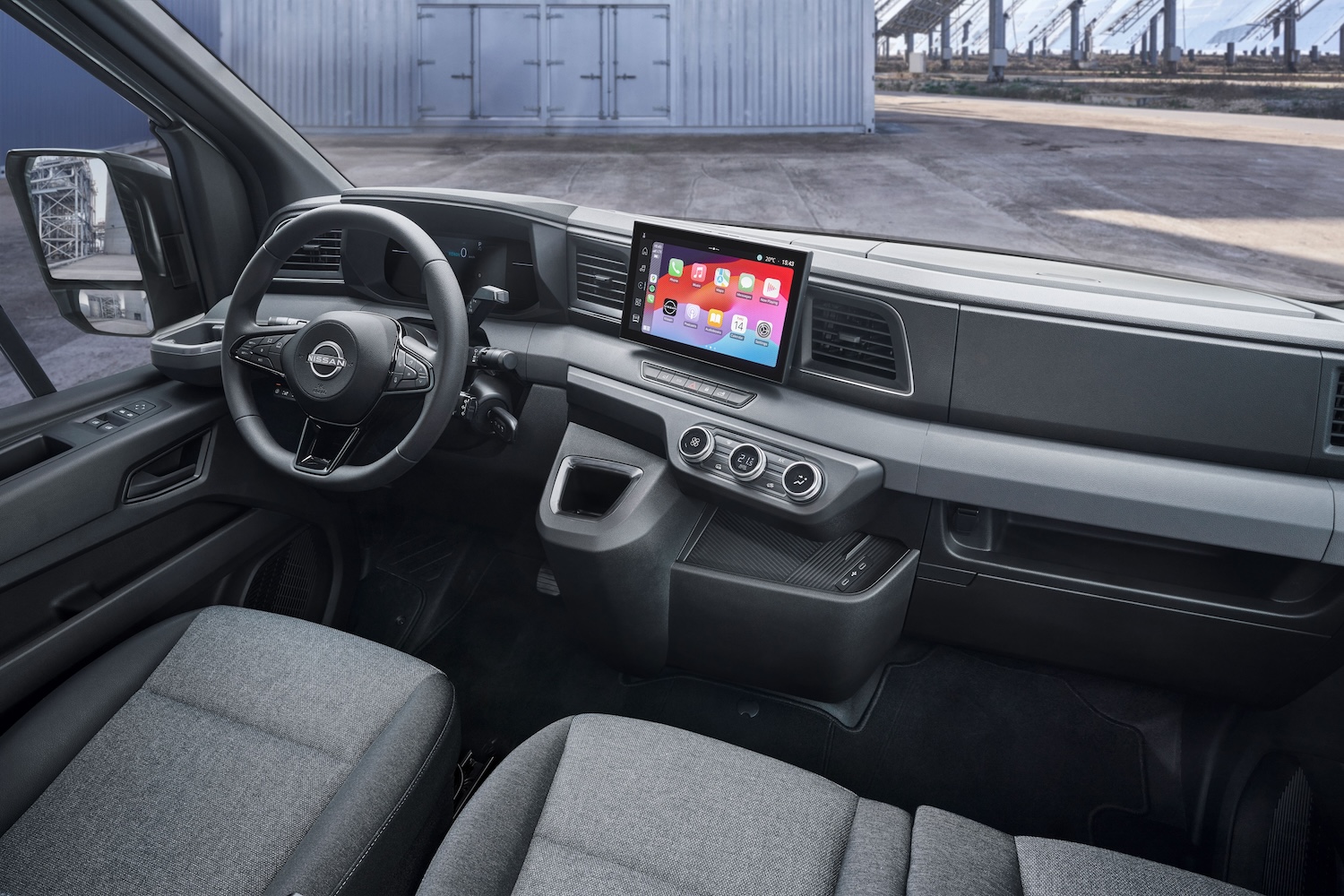
Among the practical features inside the Interstar is a middle seat that can fold down to double as a small work desk. The seatback can also open to serve as a storage area for documents or a laptop. Two additional storage compartments are located on the top of the dashboard, and a drawer can slide out from the passenger side to hold yet more odds and ends. Two USB-C charging ports and a wireless charging pad are available for mobile devices.
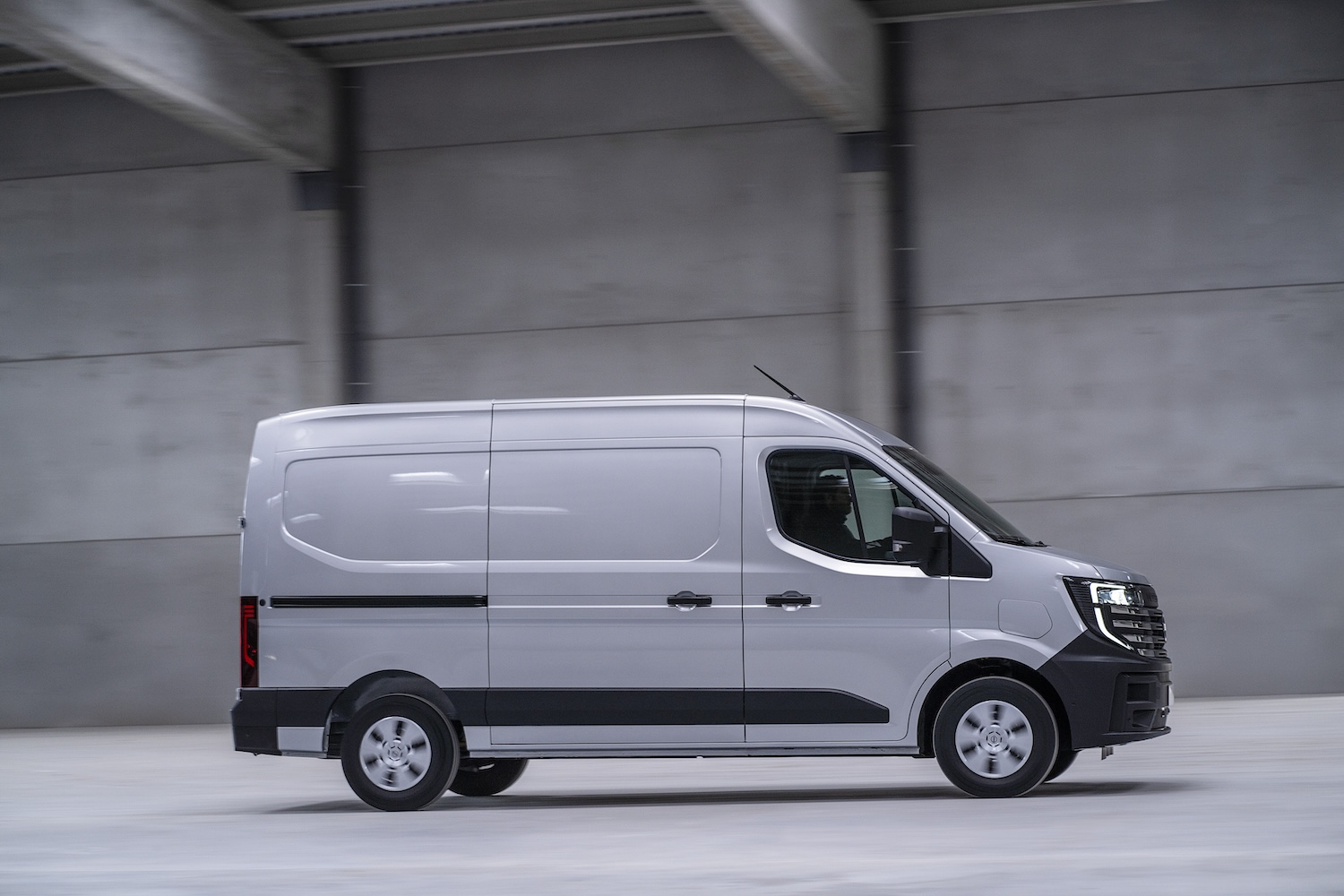
Various Nissan Interstar body styles available
The Nissan Interstar will come in two lengths, 5.68m and 6.31m, and two height options of 2.5m and 2.75m.
The side door is 40mm wider to improve the Interstar’s practicality, while the load area is 100mm longer than its predecessor. A maximum payload of 2 tonnes is there for the combustion engine models, and the electric version can carry up to 1.6 tonnes. Besides the panel van design, Nissan will also offer a wide range of factory-built conversions, including Dropside, Box Van and Tipper variants.
Nissan Interstar-e performance specs
The Nissan Interstar-e is the company’s first fully electric large van. Buyers can choose from two battery sizes, with a smaller 40kWh version that will be more affordable and better suited to shorter daily journeys, such as deliveries. The 130hp 40kWh battery has a driving range of up to 200 kilometres and, with the optional 11kW AC charging, can go from 10-100 per cent in under four hours. The standard AC charging rate for the 40kWh battery is 7kW, and it is also capable of DC charging at up to 50kW.

An 87kWh battery can provide a single-charge driving range of up to 460 kilometres for those who need to cover longer distances or carry more. With more powerful 130kW DC rapid charging, the Interstar can increase its driving range by 252 kilometres in 30 minutes. The larger battery gets 11kW AC charging as standard, with the option of upgrading to a 22kW AC onboard charger.
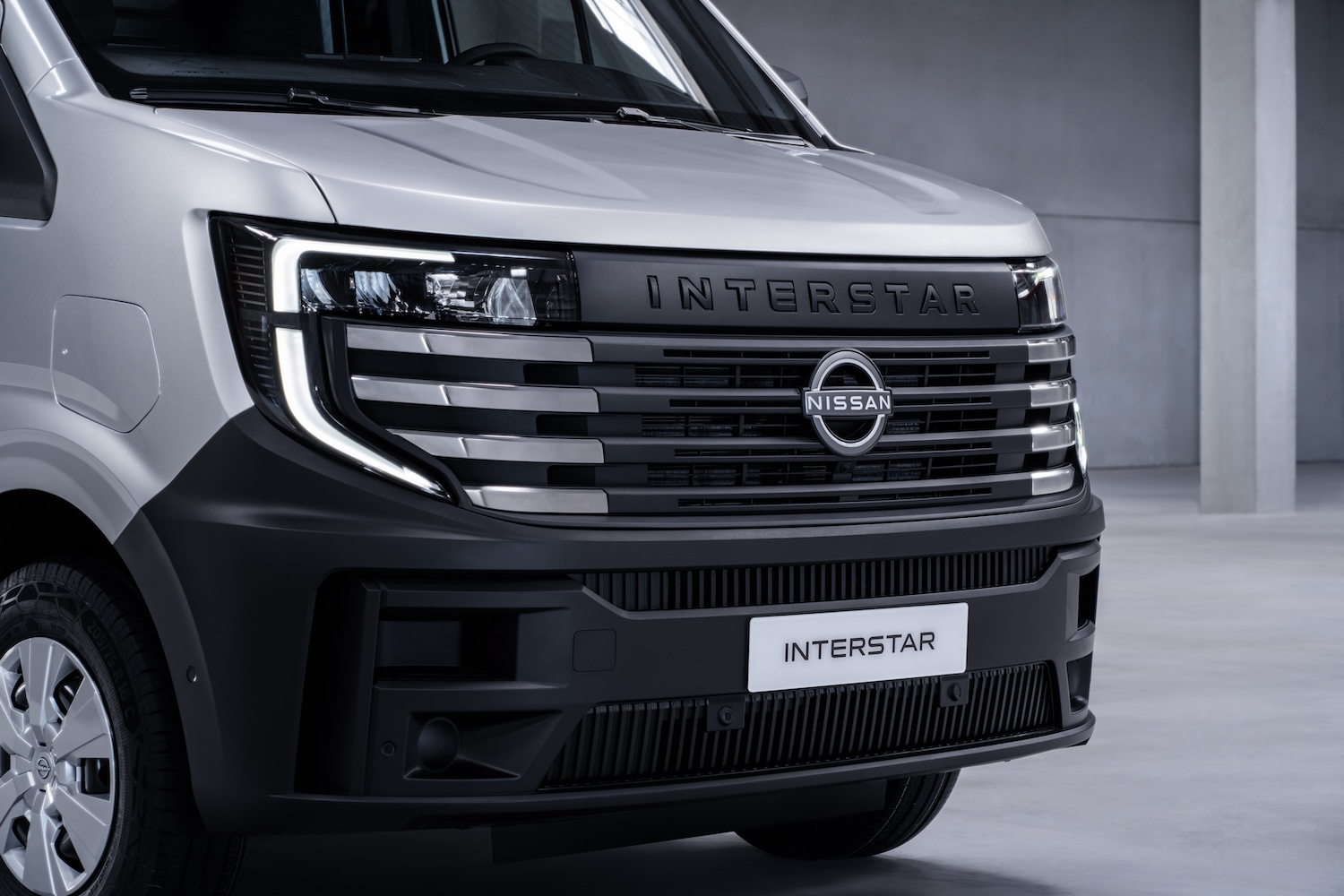
Nissan will continue to offer a 2.0-litre diesel engine with outputs of 105hp, 130hp, 150hp, and 170hp. Six-speed manual transmissions will be standard, and a nine-speed automatic transmission is available for the two more powerful versions. When it comes to towing, the Interstar is rated to pull up to 2,500kg for both the diesel and electric versions. Furthermore, Nissan has reduced the turning circle of the Interstar by 1.5 metres in comparison to the outgoing model, making it more manoeuvrable in cities.
